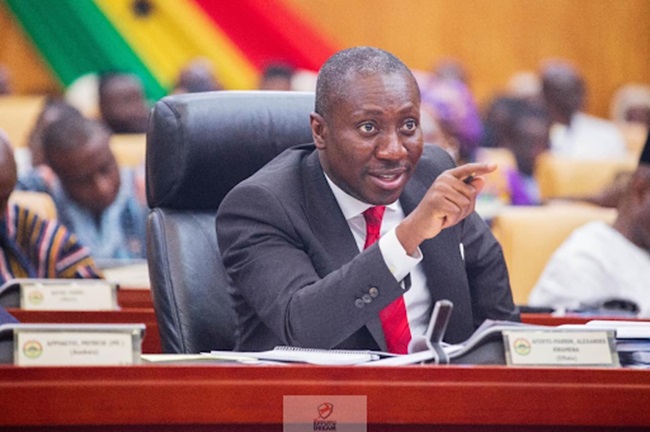Ghanaian students at different levels of the educational ladder (kindergarten to tertiary) would be going back to school despite the coronavirus.
This was confirmed in an address to the nation by President Nana Akufo-Addo on January 3, 2021.
Since March 2020, several COVID-19 induced restrictions were imposed by the government including the temporary partial lockdown of some parts of the country considered as hotspots, the ban on public gatherings and the closure of schools among others to help win the fight against the virus.
A number of these restrictions have since been eased, while others are still in force and according to President Nana Akufo-Addo, the country’s active coronavirus case count shows “a relatively welcome picture,” when regard is paid to the data from other countries.
Ghana COVID-19 case count
As of January 1, the number of active cases in Ghana stands at 879 cases, with 54,005 recoveries, 18 severely ill but no critical cases.
Ghana has conducted 674,812 tests, with 55,220 positive cases detected, and 336 deaths recorded.
Return to school
- Students in universities and other tertiary institutions are to be in school from Saturday, 9th January.
- From 15th January, children in kindergarten, primary and Junior High, in both private and public schools, will be back in school.
- All SHS 1 students will start classes from 10th March, with all students embarking on a single-track academic calendar.
- All SHS 2 and SHS 3 students, however, will return to school from 18th January.
Key actions for COVID-19 prevention and control in Schools
The International Federation of the Red Cross (IFRC), UNICEF and the World Health Organization (WHO) have issued guidance to help protect children and schools from the transmission of the COVID-19 virus.
The guidance provides critical considerations and practical checklists to keep schools safe.
Here is a checklist for school administrators, teachers and staff:
- Promote and demonstrate regular hand washing and positive hygiene behaviours.
- Clean and disinfect school buildings, classrooms and especially water and sanitation facilities at least once a day.
- Increase airflow and ventilation where the climate allows (open windows, use air conditioning where available).
- Post signs encouraging good hand and respiratory hygiene practices.
- Ensure trash is removed daily and disposed of safely.
By: Rabiu Alhassan
















